release time:2023-05-12 10:52:33
In veterinary medicine, accurate diagnoses are essential for providing appropriate treatments and improving the health outcomes of animal patients. To achieve this, veterinarians need to have access to the right diagnostic equipment. In this article, we will discuss the importance of diagnostic equipment in veterinary medicine and highlight the key equipment that every veterinarian should have in their clinic.
Having the right diagnostic equipment is critical for veterinarians to make accurate diagnoses. Proper equipment can help identify underlying issues that may be causing symptoms in an animal patient. Without accurate diagnoses, veterinarians may prescribe inappropriate treatments that can worsen the patient's condition. Furthermore, having the right equipment can help veterinarians diagnose diseases early, leading to better health outcomes.
State-of-the-art diagnostic equipment offers significant benefits for veterinary practices. They are more efficient and accurate than traditional diagnostic methods, allowing veterinarians to diagnose conditions faster and with greater accuracy. Furthermore, advanced equipment can handle a wide range of samples and perform multiple tests in a single test, which saves time and resources. Modern equipment is also designed to be user-friendly, making it easier for non-professionals to operate.
The Seamaty SMT-120VP Vet Chemistry Analyzer is a veterinary blood chemistry analyzer designed for the animal health industry. It can handle a wide range of samples, including whole blood, plasma, and serum. The analyzer can perform multiple tests on each sample, providing up to 24 parameters in a single test. These parameters include glucose testing, creatinine and BUN testing, liver function tests, and coagulation tests, among others. The analyzer's high sensitivity allows for accurate measurements even when working with small amounts of samples, making it ideal for small animal clinics.
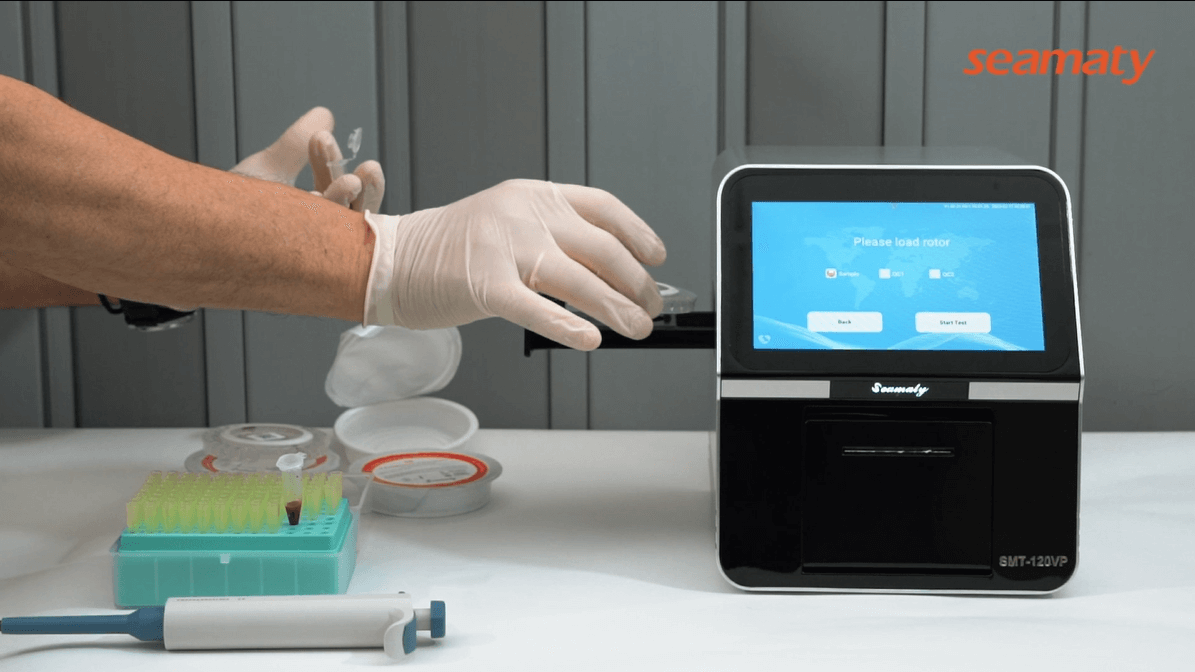
The Seamaty VG2 Vet Blood Gas & Immunoassay Analyzer is a unique device that combines fluorescence immunoassay, blood gas, and electrolyte analysis in one device. This means that veterinarians can test for up to 21 immunoassay parameters and 22 blood gas parameters simultaneously. The combination of these features in one device improves efficiency and accuracy, saving time and resources. Additionally, the Seamaty VG2 provides laboratory-quality and reliable results in 4-10 minutes, allowing for faster diagnosis and treatment. The VG2 is designed to make the testing process as simple and efficient as possible, with fully automated operations that make it easy to operate for non-professionals.
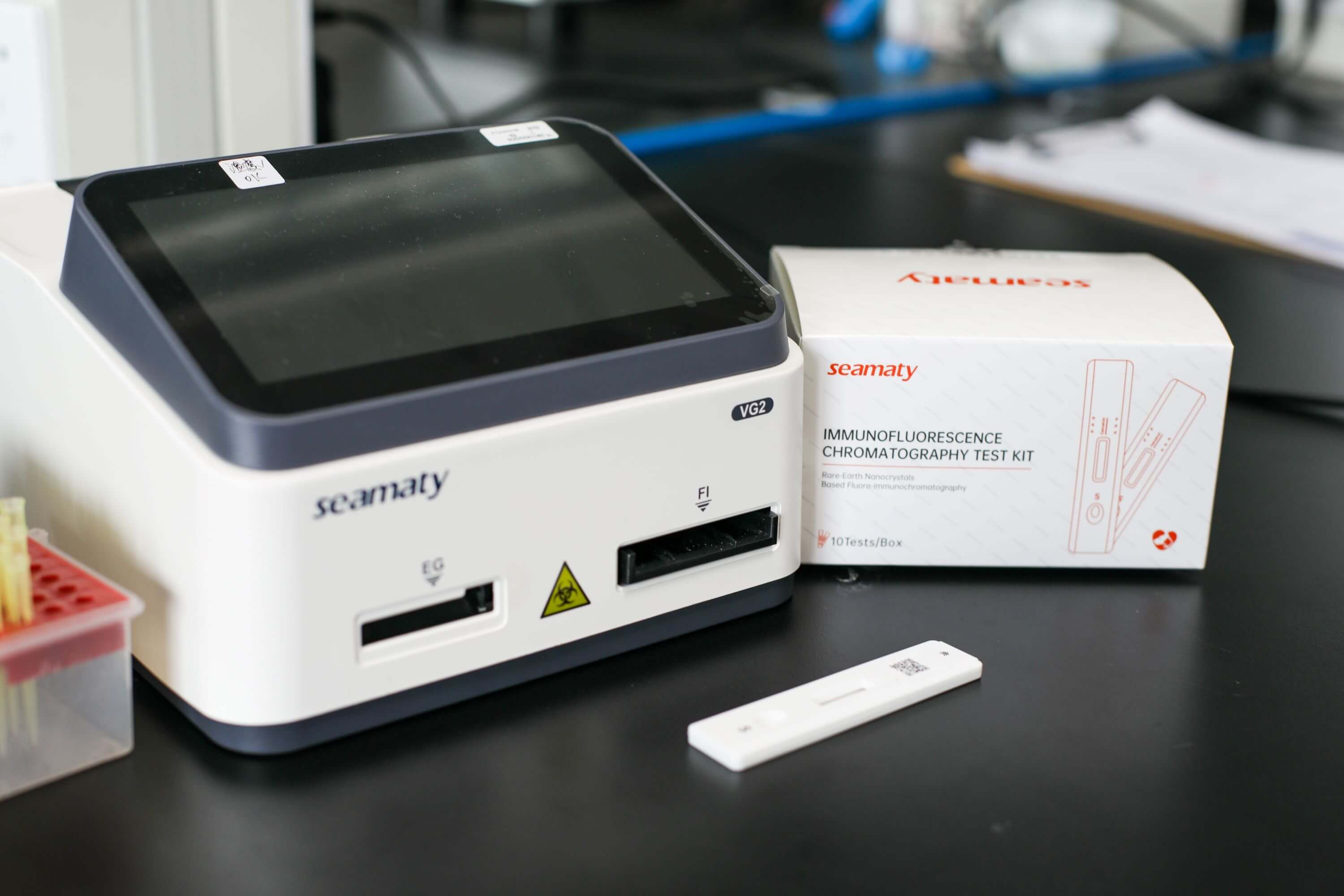
Seamaty's veterinary diagnostic products are designed to provide reliable and precise results, helping veterinarians diagnose diseases, immunity, inflammation, and critical situations in canines and felines. These state-of-the-art diagnostic tools offer several benefits for veterinary practices, including:
In addition to Seamaty's veterinary diagnostic products, there are other essential equipment items that veterinarians need for accurate diagnoses. These include:
Investing in high-quality equipment is essential for accurate diagnoses in veterinary medicine. By using advanced equipment like Seamaty's veterinary analyzers and other essential equipment items, veterinarians can provide faster and more accurate diagnoses, leading to improved patient outcomes.
In conclusion, having the right equipment is essential for veterinarians to provide accurate diagnoses for their patients. The Seamaty SMT-120VP Vet Chemistry Analyzer and VG2 Vet Blood Gas & Immunoassay Analyzer are state-of-the-art diagnostic tools that can help veterinarians diagnose diseases, immunity, inflammation, and critical situations in canines and felines. These devices can handle a wide range of samples, provide multiple tests in a single test, and offer high sensitivity and accuracy in measuring even small amounts of samples. Furthermore, they improve efficiency and accuracy, save time and resources, and make the testing process simple and efficient. By investing in these tools, veterinarians can provide better care for their animal patients, ultimately leading to better health outcomes.
In addition to the Seamaty veterinary diagnostic products, there are other essential equipment that veterinarians should have in their clinics, such as microscopes, ultrasound machines, and digital radiography equipment. These tools can help veterinarians to visualize and examine internal structures and identify the underlying causes of the symptoms. Ultimately, by having the right equipment and tools, veterinarians can improve their diagnostic capabilities, provide accurate and timely diagnoses, and improve the overall health and well-being of their animal patients.
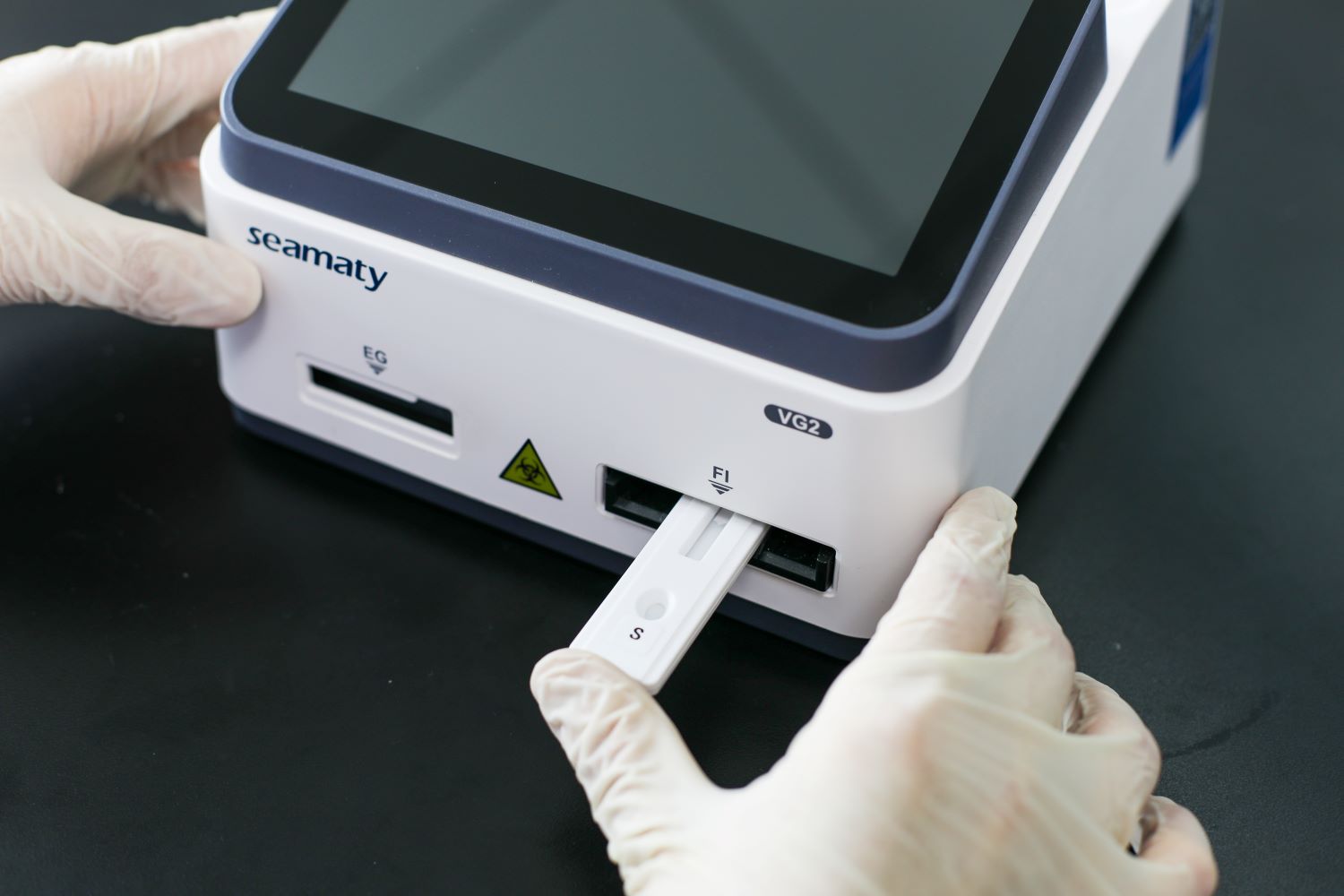
2023-08-17
Discover key tips for selecting a veterinary blood gas and immune analyzer. Learn about accuracy, ease of use, and versatility. Explore the Seamaty VG2 for quick and reliable results in animal diagnostics.
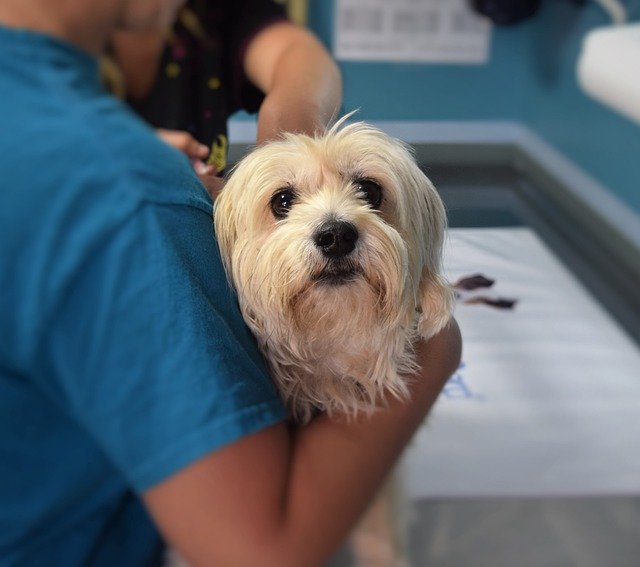
2022-08-02
Biochemistry focuses on molecules, lipids, metabolisms, and various other factors. The following list of 5 branches of biochemistry will help you understand the importance of this discipline in human and animal lives:
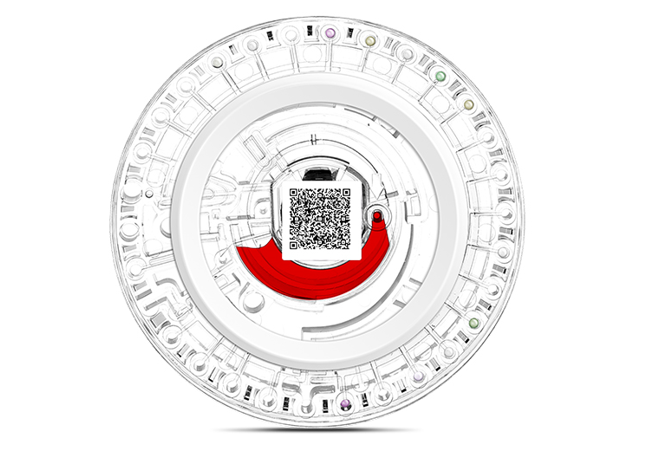
2022-04-08
Seamaty has developed different types of tests for the animal market, including the "12 Electrolyte Plus Parameters" for rapid detection of electrolyte levels in animals.